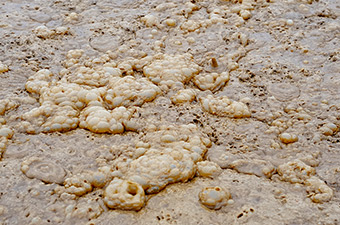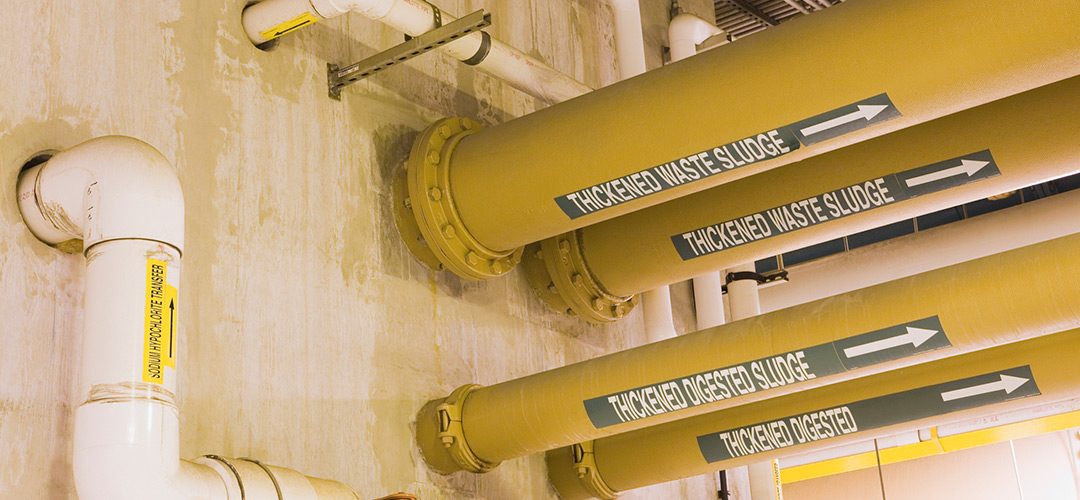Is sludge disposal disposing of too much of your operating budget?
A 2016 report1 prepared for the Vermont legislature, relying on national level EPA cost analysis, “estimated that approximately 40% of a WWTF’s total annual operating cost is spent on solids management.” That report also predicted a future increase in solids production due to increased need to reduce the nitrogen and phosphorus contribution from sewage into the surface water basins. This is particularly true for phosphorus (P).

Phosphorus limits increase sludge, and that increases costs.
Why do phosphorus limits increase sludge?
Unlike nitrogen, which can be effectively removed biologically through nitrification and denitrification, achieving extremely low phosphorus levels typically requires chemical precipitation. Traditionally, this has been done using iron- or aluminum-based coagulants. These coagulants increase sludge formation immensely, producing 12 to 16 mg/L of sludge for every mg of P removed. They operate on an adsorption mechanism, typically requiring between a 2.5-to-1 molar ratio and a 4-to-1 molar ratio of iron or aluminum to P. They also create a fluffy floc with high amounts of bound water that is difficult to separate through settling and dewatering processes. The phosphorus, a solids-dispersing agent, suspends these solids, making them more difficult to settle. The result is a sludge that remains high in water content and is expensive to landfill.
Rare earth elements (REEs) can reduce sludge by as much as 50% compared with iron or aluminum?
Cerium, a rare earth element, reacts at a 1-to-1 molar ratio with P to form the mineral rhabdophane. This precipitate has a specific gravity of 4, compared with the specific gravity of iron or aluminum precipitates of between 2.4 to 3.4. Higher density solids settle better, binding less water in the process. To gain a thorough knowledge of how this works, see our white paper.
Bottom line – what can it do for you?
One 770,000 GPD facility discharging to a tributary to Lake Erie switched to REE precipitation primarily to meet a stringent aluminum limit by removing aluminum-based coagulants. The change provided immediate compliance with the aluminum limit, but the benefits didn’t stop there. Prior to switching to REE precipitation, the plant operated a belt filter press 8 hrs/day, 5 days/week, with an average solid content of 15%. That required hauling 75, 20-yard sludge containers to a landfill annually. After switching to REEs, the belt filter press run time was reduced to one 8-hr shift per week, at a solids content of 21%. The number of 20-yard sludge containers landfilled annually dropped from 75 to 31, resulting in a savings of $70,000 per year in sludge hauling costs alone.
| Al | RE | |
|---|---|---|
| Belt filter press operation | 40 hrs/wk | 8 hrs/wk |
| % solids | 15 | 21 |
| 20-yard sludge containers landfilled/yr | 75 | 31 |
| Sludge hauling cost savings/yr | $70,000 |
Are you ready to slash your sludge disposal costs? Contact us to learn more about how Neo WaterFX300 (formerly RE300) reduces sludge and let the slashing begin.
Signup for occasional email updates at https://neowatertreatment.com/contact/get-updates/.
1A Report to the Legislature on Wastewater Treatment Sludge and Septic Management in Vermont, July 16, 2016, Agency of Natural Resources, Department of Environmental Conservation.



